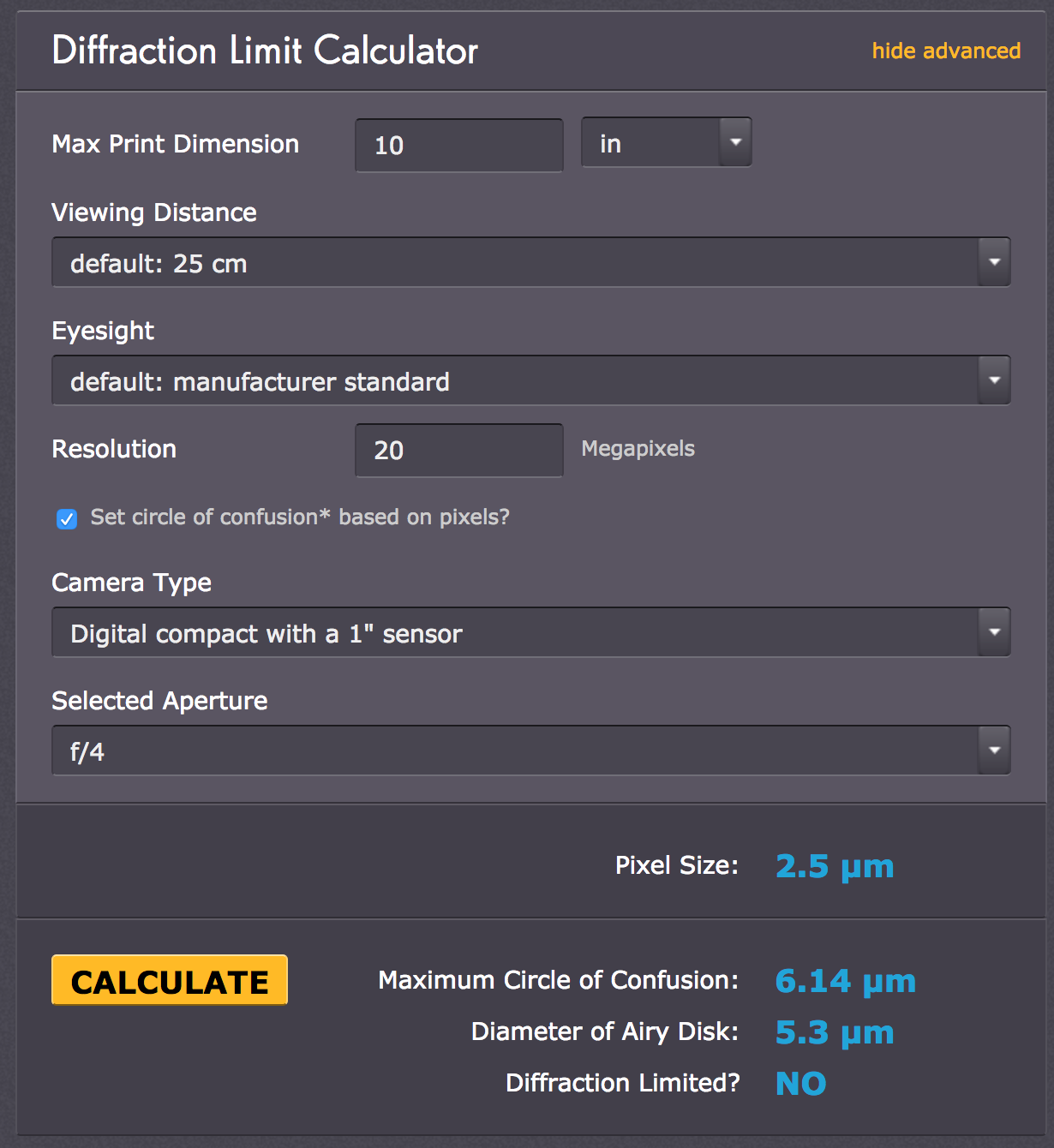- Joined
- Nov 9, 2016
- Messages
- 72
- Reaction score
- 22
- Age
- 35
So, here is the deal. DJI comes out with the Inspire 2 which of course has two different cameras that you can purchase. Descriptions on the product don't always give the most accurate assessment which is why I was looking for a good camera comparitive video. On this video, both cameras X4S and X5s on the DJI Inspire 2 are put through a series of tests such as sharpness, flaring, dynamic range, ISO performance or night shots to see whether there was a difference. These are the results. What do you guys think?









